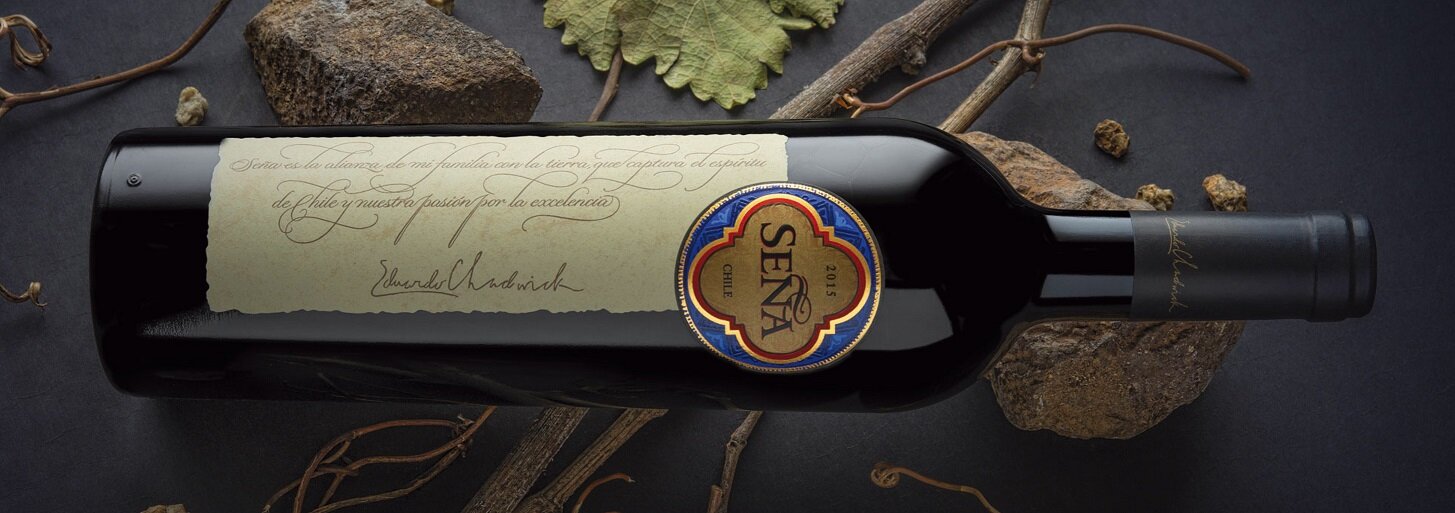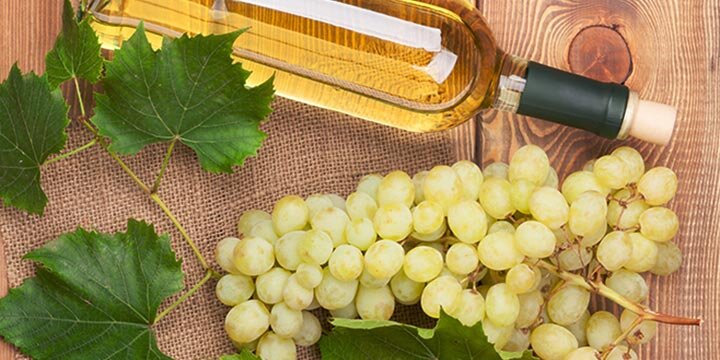
Dear reader,
Enjoying the world of wine means discovering as much as we can. And it also means never taking anything for granted. Like a wine that you are sure it won’t please you, but which in the end does.
This latest article comes to life a couple days after I enjoyed a bottle of a delicious Chilean carménère, reminding me of the trips I made to Chile when I was younger, where I managed to know the history of this curious red grape.
If you don’t know it by now: once deemed lost and on the brink of extinction, this variety that had been put aside by Bordeaux producers made a stellar rebirth and comeback in a whole different country, becoming Chile’s signature grape – taking years before anyone realized that the delicious and odd Chilean merlot we’ve been drinking maybe wasn’t actually merlot…
Why not, then, present you the curious history of carménère alongside some grapes that managed to survive a state of near extinction, thanks to skillful growers, and which now originate superstar, world-class fine wines? Like… viognier too!

Carménère plays a delicious part in the winemaking behind superstar Chilean red Seña
Carménère: a new life in Chile for a forgotten Bordeaux grape
Carménère is arguably Chile’s signature grape today. But it became so out of big luck.
This ancient variety, usually grown in the Médoc region of Bordeaux, used to be a part of many Bordeaux red blends before the phylloxera invasion in the mid-1800s. Forgotten and nearly extinct by then (and rarely replanted due to irregular yields), its vines were virtually extinct – and no one really seemed to care about them, unbeknownst of their potential.
Whilst France kept very few hectares of carménère through time, Chilean producers around Santiago imported scores of surviving vines that had been frequently mistaken for Merlot – which actually looks very similar but has quite different characteristics and is actually has a tasting profile closer to parent grape Cabernet franc.
Contrary to post-phylloxera Bordeaux, their vines grew healthy and produced stable yields in Chile. As time went by, the mixed-up grapes began creating an interesting buzz around Chilean merlot, which was said to be unique (actually, inadvertently mixtures of merlot and carménère) – until oenologists conducted proper research to find that the vines that were a success actually carried the long-lost Bordeaux grape.
With the varietal recognized as such, there was no turning back: Chile had mastered the art of a new red superstar.
Today, the world-recognized carménère wines from Chile (single varietal or in blends) rely on these grapes for their well-structured, medium-bodied produces – providing flavours that span from powerful red and dark fruit to bell peppers, mild tannins and acidity.
* * *
As you may know, we at Alti Wine Exchange have launched different vintages of Seña, a true expression of the finesse in Chilean wine. Carménère plays a pivotal role in this fine, rare wine, differentiating its Bordeaux-style red from others thanks to its unique terroir and the wonders of carefully mastered winemaking of this grape.
Viognier: not letting it down

Viognier is nowadays very well known for its bold fruity profile and the powerful aromatic and high-alcohol white wines made from it. Thankfully. Because it was nearly extinct in the 1960s.
Despite having been popular in old times for its wines made in the Rhône, at some point Viognier was nearly abandoned at all, having only 14 hectares left (all in Northern Rhône) due to a decline coming from low and unpredictable yields, and susceptibility to fungal diseases.
Its rebirth came thanks to a handful of producers that worked to replant it, expand its growth across Southern France, building a strong reputation that helped exporting it worldwide.
Viognier is now grown in many countries around the globe — mostly in France, but with many reputable wines also produced in the USA and in Australia.
And it goes and and on…
Fighting for the preservation of grape varieties is a task that devoted professionals and wine lovers from around the world take upon with pride. Even nowadays, hundreds of varieties are at risk.
Thanks to “rescue” efforts led last century, for example, other local grapes that are not as widely recognized as carménère and viognier, but which are nonetheless key to local producers:

-
Arneis (Bianchetta), the Piedmontese full-bodied white that had a comeback in the 1980s, has made some prized wines and is now getting more and more room in American regions like Sonoma and Oregon.
-
Schioppettino, a deep dark Italian red considered extinct by the 1970s, was encouraged for replantation by decree in the Friuli-Venezia Giulia region, by the Slovenian border – an ever-more promising winemaking area.
-
Godello (Godelho), a native Galician white grape that came close to extinction but came back in the 1970s to become one of the top three white wine varieties in Spain with its Sauvignon blanc-to-Chardonnay profile.
-
Malagousia was thought to be extinct, having one last vine remaining in central Greece. Thanks to its experimental rebirth by winemaker Vangelis Gerovassiliou, the highly aromatic white is now grown everywhere in Greece, producing dry and sweet widely acclaimed wines.
* * *
Many other varieties could be mentioned here. This never-ending effort will surely keep bringing us new superstar as the decades go by!
If you ever tried any wines of these “comeback” grapes or know other varieties worth mentioning, let us know what you think of them.
Until next time!
More you might want to read
